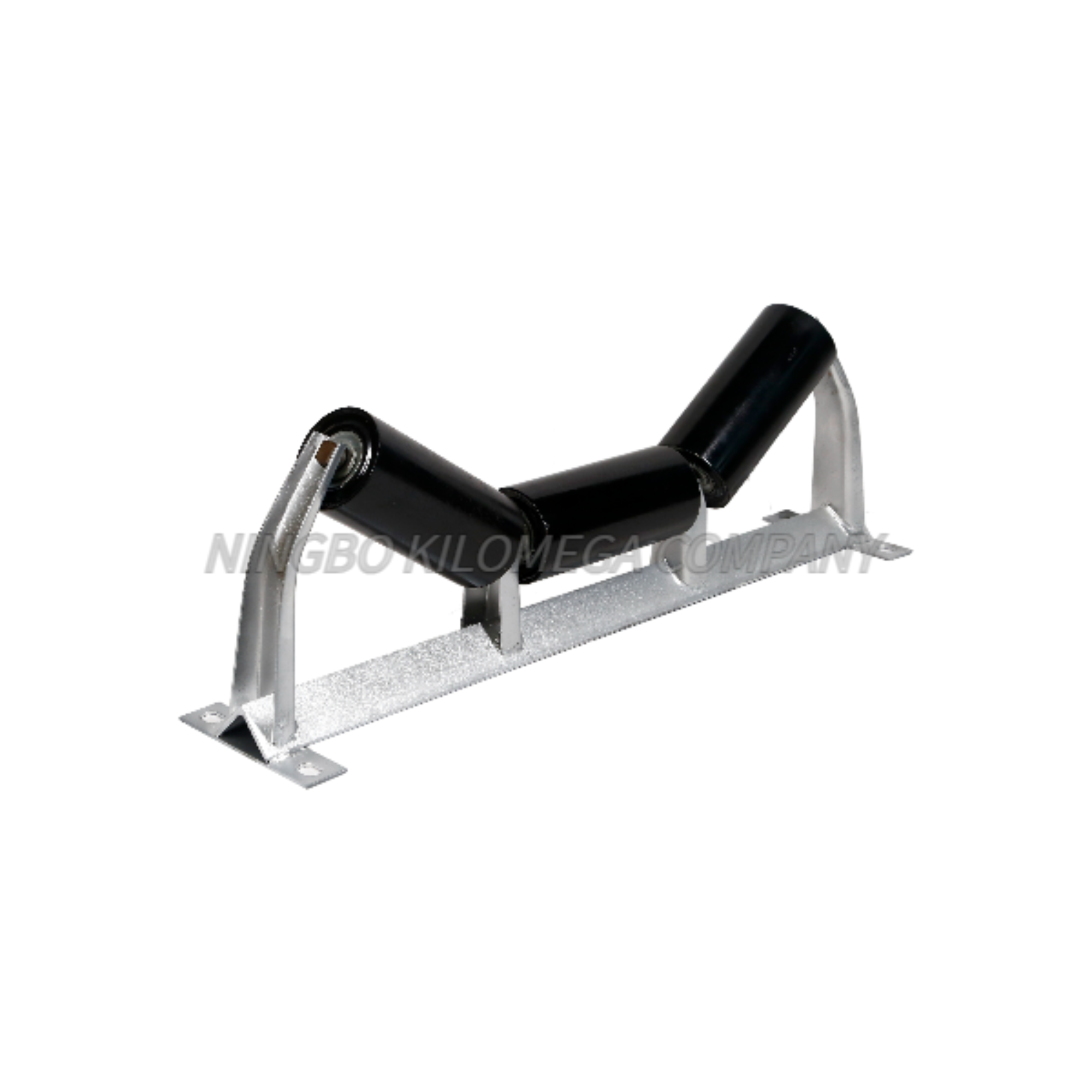EP conveyor Belts, also called Polyester (E) and Polyamide (P), if you are really in the market to sustain a load of materials handling products then what can better than this animal here. Made from a combination of high-quality synthetic fibers, these engineered belts give you the perfect blend of power and flexibility which makes them ideal for conveying everything from large ores to delicate foodstuffs. With each passing day, as industries continue to hunt for an effective and sustainable solution, understanding the benefits of EP conveyor belts along with its intricate details only becomes more imperative.
EP Conveyor Belt, Which Has a High Pressure Applied to It and Maintains Its Durability
EP Conveyor belts because the EP conveyor belt body has a higher modulus of elasticity. Its performance is better than nylon.The structure design can ensure that there are fewer fields in work, thus creating extremely low elongation at rated working tensioning force and maximum load.Allow larger through capacity.Resulting long life of EPS tear resistant Carcass with very low shrinkage.This means virtually no take-up adjustments.Quantity reaches.Small to stretch on fast volume available_eps 150_carcussfe conform once) The average temperature for all products is_40 fois. EP belts are different because they consist of a fabric matrix that is constructed using high-tensile polyester warp yarns and polyamide weft yrns, which gives EP belt reinforcement resistance against stretching forces as well as those from abrasion or fatigue. This design lowers the waisted or crown of classic v-belts resulting in a lower belt tension ability to minimise elongation due under heavy loads which reduces the need for constant re-tensioning. Furthermore, EP belts are incredibly resistant to chemicals and oils as well as extreme temperatures - prolonging their life under grueling operating conditions.
Key Specifications of EP Conveyor Belts
With respect to technical criteria, EP conveyor belts are particularly developed as per particular application requirements. The load-bearing capacity of the belt depends on its carcass, which is a layered EP fabric. Belts typically are made of number or ply, ranging from 3 to 12 plies with each ply made up layers of woven fabric. The cover rubber of various hardness and thickness are essential to protect the carcass from deterioration while providing required friction for traction. We also offer special covers to suit requirements such as heat, oil or chemical resistance. In addition, belt width, length and even profile (s) like cleats or sidewalls can be tailored to match diversity of conveying needs.
Protect Your Investment with EP Conveyor Belt Technology
Having EP conveyor belts is an investment in the long-term success of your operation and seeks to improve efficiency downscale costs across the board. The significantly low elongation of these belts even reduces energy consumption, because belt slip can be reduced and the number of drive units required is lowered. The belts also resist tearing and puncturing, reducing downtime and repair costs for the customer as well as increasing return on investment. EP belts are fitted with advanced tracking systems to prevent belt damage by maintaining alignment for longer, and extending the life of EP belts. It is enhanced by routine cleaning and inspection-maintenance practices that not only protect this initial investment but also boost the productivity of your operation.
EP Conveyor Belt Features across All Industries
Probably one of the most remarkable characteristic concerning EP conveyor belts is its versatility. These belts find a natural place in many types of industries where conveyance is needed for difficult materials. For instance, in mining EP belts resistant to the abrasive effect of rocks and minerals can be found whereas on food processing plants they meet with very strict health norms made from FDA approved material. In the automobile manufactory they carefully grip reliable parts and in logistics, parcels are moved quickly through distribution luggage. This ability includes custom applications such as incline conveyance, for which cleated EP belts deliver product stability even on steep angles further illustrating their wide range of industry specific capability.
Learn about the green benefits of EP Conveyor Belts
A popular driving force in today's age of sustainability is where EP conveyor belts help environmental objectives to be realized. They also have the benefit that they are lighter than standard belts, which not only save energy during production but also in transportation. The options are made with recyclable synthetic materials, which means you can dispose of them appropriately when they've reached the end of their life. In addition, they require replacements far less often than paper or cotton filters so that this also means you generate less waste. In addition to improved performance, GreeneTec belts for EP application can support sustainability goals by working in conjunction with energy-efficient conveyor systems and solar-powered EP making sites according worldwide green initiatives. Thus, by switching to EP conveyor belts industries can not only promote their productivity but also commit themselves towards environmental sense.
When we come full circle, EP conveyor belts as a new type of material handling technology also because the direction where people should investigate. Combined with the long-term sustainability, industry-agnostic performance and environmentally friendly assets make them a future-proof investment for businesses seeking operational efficiency as well as low carbon productivity. The modern industry will not cease to change, and belt technology cannot adopt the out-of-the-box mentality that some may seek... with more effective features added automatically along the way.


 EN
EN
 AR
AR
 BG
BG
 HR
HR
 CS
CS
 NL
NL
 FR
FR
 DE
DE
 HI
HI
 IT
IT
 JA
JA
 KO
KO
 PT
PT
 RO
RO
 RU
RU
 ES
ES
 SV
SV
 TL
TL
 ID
ID
 LT
LT
 SR
SR
 SK
SK
 SL
SL
 UK
UK
 VI
VI
 SQ
SQ
 ET
ET
 GL
GL
 HU
HU
 TR
TR
 AF
AF
 GA
GA
 BE
BE
 MK
MK
 MN
MN
 NE
NE
 KK
KK
 UZ
UZ
 KY
KY
 XH
XH

